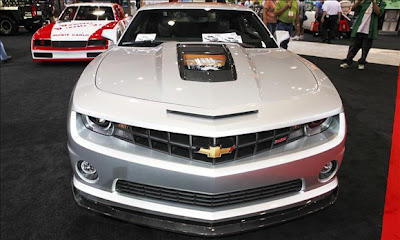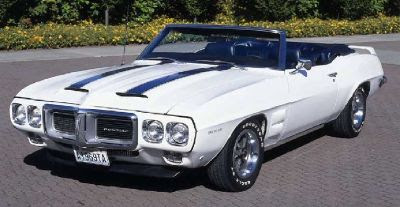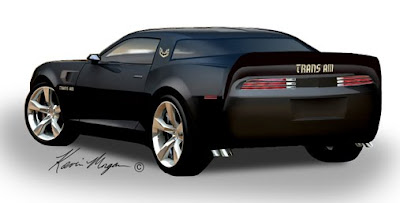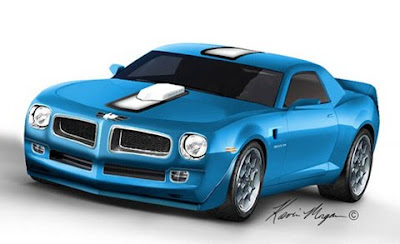Trans Am Cars First generation (1967–1969)
The first-generation Firebirds had a characteristic "coke-bottle" styling. Unlike the Camaro, its bumpers were integrated into the design of the front end and its rear "slit" taillights were inspired by the Pontiac GTO. Both a two-door hardtop and a convertible were offered through the 1970 model year (the next generation, dropping the convertible, being announced as 1970 1/2 models).
The base model had a 230 in³ (3.8 L) OHC six-cylinder, single-barrel carburetor motor developing 165 hp (123 kW). The next model, the Sprint, had a four-barrel carburetor, developing 215 hp (160 kW). Most buyers opted for the V8s: the 326 in³ (5.3 L) two-barrel 250 hp (186 kW, the 'H.O.' (High Output) engine of the same size but with a four-barrel carburetor 285 hp (213 kW), or the 400 in³ (6.6 L) from the GTO 325 hp (242 kW). A Ram Air option was available, with functional hood scoops, higher flow heads with stronger valve springs and a different camshaft. Power for the Ram/Air package was the same as the conventional 400HO, but peaked at a higher RPM. The 230 in³ (3.8 L) engines were replaced by 250 in³ (4.1 L) ones, developing 175 hp (130 kW) single barrel, and 215 hp (160 kW) four-barrel. Also, for 1968, the 326 in³ (5.3 L) motor was replaced by a 350 in³ (5.7 L). An H.O. version of the 400 in³ (6.6 L) was offered from 1968, with a revised cam, and developed 330 hp (246 kW), while power output on the other engines increased marginally. In 1969, a $725 optional handling package called the Trans Am Performance and Appearance Package which had rear spoiler was introduced, named after the Trans-Am Series. As the name was used without permission, the SCCA threatened to sue, but GM settled the deal by paying $5 to the SCCA for every car sold. Of these first Trans Ams Cars, 689 hardtops and eight convertibles were made. There was an additional Ram Air IV engine option for the 400 in³ that year to complement the Ram Air II; these generated 345 and 335 hp respectively. Bodywise, the only difference from the 1967 to the 1968 model was the addition of federally-mandated side marker lights. For the front of the car, the blinkers were made larger and moved to wrap around the front edges of the car, and, for the rear, the Pontiac (V-shaped) Arrowhead logo was added to each side.
The 1969 model received a major facelift with a new front end design made of an Endura bumper housing the headlights and grilles. Inside, there was a revised instrument panel and steering wheel. Also, the ignition switch was moved from the dashboard to the steering column with the introduction of GM's new locking ignition switch/steering wheel.
Due to engineering problems that would ultimately delay introduction of the all-new 1970 Firebird past the usual fall debut, Pontiac continued production of 1969-model Firebirds into the early months of the 1970 model year (the other 1970 Pontiacs were introduced Sept. 18, 1969) until the end of calendar year 1969. By late spring 1969, Pontiac deleted all model year references on Firebird literature and promotional materials anticipating the extended production run of the then-current 1969 models.
The first-generation Firebird could easily be told from the Camaro with its four round headlamps, while the Camaro got only two.






No comments:
Post a Comment